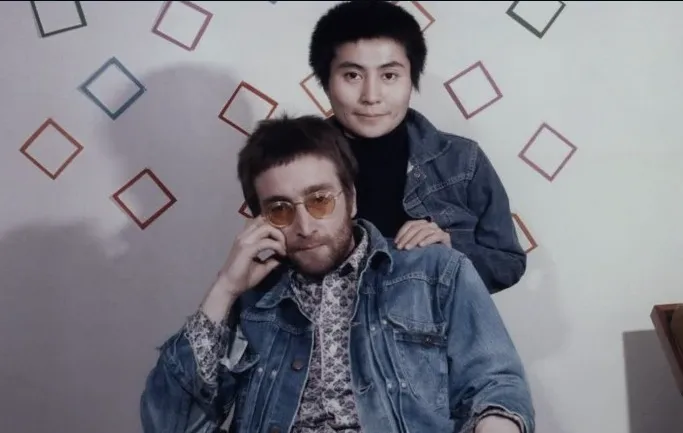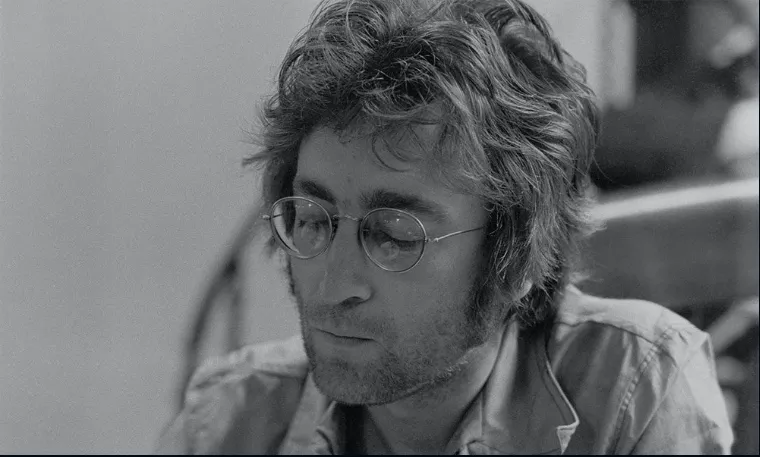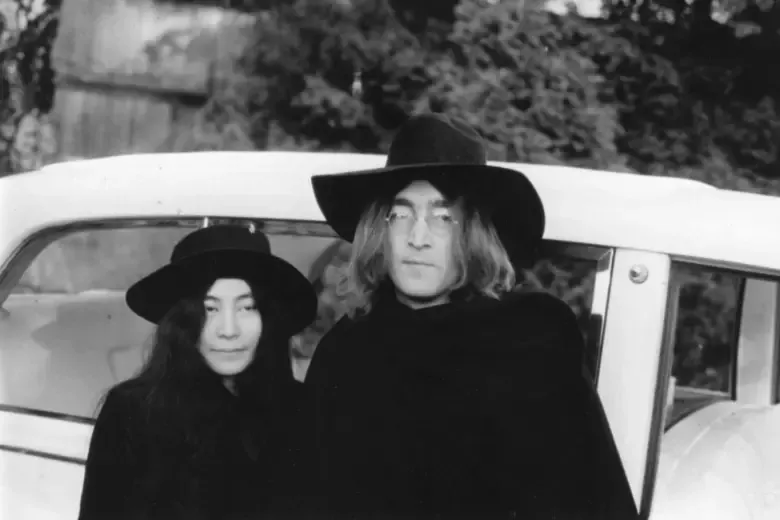In the heart of New York City stands a building steeped in both historical significance and cultural intrigue: The Dakota.
Situated at 1 West 72nd Street, this architectural marvel is best known as the residence of John Lennon, a place where he found both solitude and creativity.
This article explores the life of John Lennon in his iconic apartment, delving into how it influenced his work, catered to his personal life, and played a pivotal role in his final years.
The Move to New York: A New Chapter
In the early 1970s, John Lennon and Yoko Ono were searching for a fresh start away from the frenetic energy and relentless scrutiny that followed them in England.
New York City offered an anonymity and creative freedom that was becoming harder to find. After a brief period of living in various temporary accommodations around Manhattan in 1973, the couple found the perfect home: an apartment at The Dakota.

The Dakota building, constructed in the 1880s, is characterized by its unique architecture—a blend of French Renaissance and German Gothic styles—complete with gabled roofs, ornate balconies, and intricate stonework.
Its location, adjacent to Central Park, offered a serene contrast to the bustling city outside, making it an ideal refuge for the famous couple.
John and Yoko’s Sanctuary: The Dakota Apartment
John Lennon’s apartment at the Dakota was more than just a place to live; it was a sanctuary. The spacious unit offered room for both privacy and creativity.
The couple's residence spanned multiple rooms filled with cherished art, eclectic décor, and spaces that catered to both their personal and professional lives.
Stepping into Lennon’s apartment was like entering a world that echoed his unique persona. It was here that he created some of his most profound work, enveloped by an environment that fostered both relaxation and inspiration.
The apartment had large windows that let in plenty of natural light, and the views of Central Park provided a daily reminder of the beauty and tranquility that the city had to offer, even amidst its hustle and bustle.
A Hub of Creativity
The Dakota apartment wasn’t just a residence but a hub of creativity and innovation.

In this sanctuary, Lennon composed many of his solo works, including tracks from his critically acclaimed albums "Mind Games" and "Walls and Bridges."
The creative energy within the walls of their home played a significant role in fostering Lennon's artistry.
Within their Dakota apartment, John and Yoko also set up a state-of-the-art recording studio, allowing Lennon to work from the comfort of his home.
This setup enabled intimate and immediate bursts of creativity, leading to spontaneous sessions that might not have been possible in a traditional studio setting.
Music flowed freely within their walls, reflecting the personal and artistic evolution John experienced during these years.
Love and Witness to Parenthood

The Dakota apartment witnessed some of the most joyous moments in John and Yoko’s life, including the birth of their son, Sean, in 1975.
Embracing fatherhood with renewed commitment, Lennon took a step back from the music industry to focus on raising Sean.
The apartment thus transformed into a nurturing family environment, filled with laughter, learning, and love.
Lennon’s daily routine during these years, often referred to as his "househusband" period, included preparing meals, tending to the household, and spending cherished moments with his son.
The Dakota apartment became a cradle of familial affection, its walls resonating with the sounds of a simple yet profoundly enriching domestic life.
A Hallmark of History and Legend
The Dakota building itself is enveloped in a rich history. Over the years, it has been home to an array of prominent figures, from musicians and actors to writers and politicians.
Its mystique is enhanced by its distinct appearance and storied past, lending an air of exclusivity and cultural significance.
The building's design featured grand arched entryways and spacious courtyards, offering its residents both privacy and luxury.
For Lennon, the Dakota provided an oasis where he could retreat from the public eye and reconnect with his artistic roots and personal life.
Its historic charm and unique character made it a fitting residence for a figure of Lennon’s stature.
The Tragic Event
Tragically, The Dakota is also known for being the site where John Lennon’s life was abruptly cut short. On December 8, 1980, Lennon was fatally shot by Mark David Chapman outside the building's entrance as he and Yoko Ono were returning home from a recording session.
The sudden and senseless act left the world in shock and plunged millions of fans into mourning.
Following the tragedy, the entrance to the Dakota became a place of pilgrimage for fans from around the world.
They gathered to pay their respects, leaving flowers, candles, and messages, transforming the site into a living tribute to Lennon’s enduring legacy.
A Legacy That Lives On

John Lennon’s time at the Dakota left an indelible mark on his life story and the cultural landscape of New York City.
The apartment he shared with Yoko was more than just a living space—it was a canvas for creativity, a haven of love, and ultimately, a historic site of profound emotional significance.
Even today, The Dakota remains a symbol of Lennon’s legacy. The building, with its timeless architecture and storied halls, continues to attract visitors, historians, and music enthusiasts intrigued by the life and work of one of the most influential artists of the 20th century.
Strawberry Fields: A Living Memorial
In close proximity to The Dakota lies Strawberry Fields, a memorial to John Lennon in Central Park. Developed by Yoko Ono and the city of New York, Strawberry Fields serves as a place of peace and reflection.
The area features a beautifully designed black-and-white mosaic bearing the word "Imagine," inviting visitors to ponder the themes of peace and unity that Lennon championed throughout his life.
Strawberry Fields stands as a living tribute, allowing fans and admirers to celebrate Lennon’s legacy in a setting that embodies the tranquility and hope he so dearly wished to impart to the world.
The apartment that John Lennon lived in at The Dakota Building remains an essential piece of his story.
It was within these walls that Lennon experienced some of his life’s most significant moments—intimate family gatherings, profound creative achievements, and even heart-wrenching tragedy.
The building's architectural elegance and historical significance make it a fitting residence for an artist of Lennon’s caliber.
Today, The Dakota and its surrounding areas continue to stand as a testament to John Lennon's enduring impact.
His memory is enshrined not only within the storied walls of his former home but also in the hearts of millions worldwide.
Visiting The Dakota and Strawberry Fields offers a poignant glimpse into the life of a man whose music, love, and quest for peace continue to resonate through the ages.



